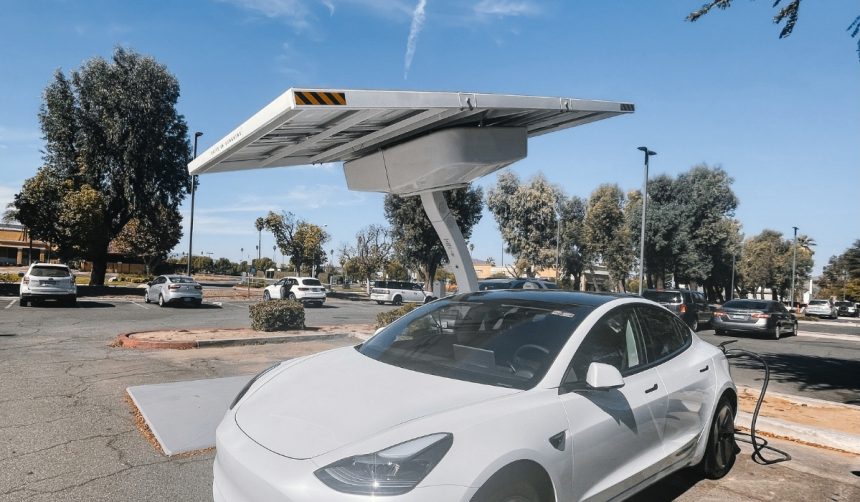Tapping into the growing South American market, Tesla has expanded its Supercharger network to Chile, following the successful introduction of its Model 3 and Model Y vehicles earlier this year. This strategic move aims to provide infrastructure support to the increasing number of electric vehicle adopters in the region. Beyond enhancing accessibility for Tesla owners, the installation signifies the company’s commitment to fostering sustainable transportation options in the area.
Tesla’s entry into Chile follows a consistent global strategy of pairing vehicle sales with charging infrastructure deployment. Earlier expansions in other regions demonstrated the importance of accessible charging for market adoption. This coordinated approach has been pivotal in supporting Tesla’s international growth.
How many Superchargers has Tesla installed in Chile?
A total of eight V4 250 kW Superchargers are now operational in Chile, with four units situated in each of the two locations. These high-speed chargers not only serve Tesla vehicles but also feature CCS compatibility, allowing other electric vehicles to utilize the network once it becomes open to additional manufacturers. This dual functionality enhances the utility of the charging stations across diverse EV brands.
Where are the new Superchargers located?
The initial Superchargers are strategically placed in Quilicura, a region in Central Chile, and Curauma, a coastal area near the South Pacific Ocean. This placement ensures coverage in both urban and scenic coastal areas, catering to a wide range of drivers.
Se abrieron los primeros Superchargers de Tesla en Chile. 🚗⚡🇨🇱
Ubicadas en Quilicura y Curauma.
What impact might Tesla’s expansion have on Chile’s EV market?
Tesla’s expansion is expected to significantly influence the Chilean electric vehicle market by increasing the availability of reliable charging infrastructure. With the current EV presence limited, the introduction of these Superchargers could encourage more consumers to consider electric vehicles as a viable option. Additionally, Tesla’s move may prompt other companies to invest in EV infrastructure, further accelerating the adoption of electric transportation in Chile.
As Chile begins to embrace electric mobility, the presence of Tesla’s Superchargers will likely play a crucial role in shaping consumer perceptions and driving sales. The initial limited availability of charging stations may temporarily slow growth, but planned expansions promise to enhance long-term viability and appeal of electric vehicles in the region. This development not only benefits Tesla but also contributes to broader environmental and economic goals by promoting cleaner transportation alternatives.










